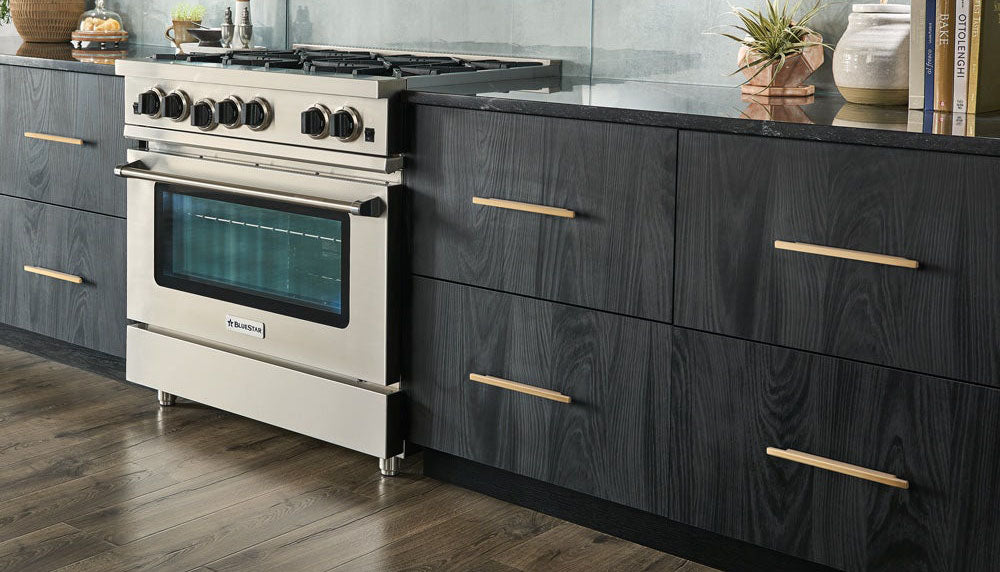
The Ultimate Guide for Cabinet Hardware Placement and Sizing
Some of the most common questions we hear about cabinet hardware are, "What size do I get?" and "Where do I put them?". While there are no hard and fast rules of what is right and wrong, there are some general guidelines that can be followed to ensure your hardware is proportional and well placed on your cabinets.
Knobs vs. Pulls
The first decision you must make is if you'd like to use knobs, pulls, or a mixture. There are four options we recommend:
All Knobs
Knobs are typically small in size, giving them a more subtle appearance than pulls. If you have stunning cabinetry, or a beautiful backsplash that you'd prefer to have shine, you may want to choose knobs. Click Here to shop some of our favorite knobs.

All Pulls
Choosing pulls has a number of benefits. First, pulls are typically a little easier to use than knobs, making them an excellent choice for homes with weak or arthritic hands. Pulls also reduce the amount of contact your hands have with your cabinets, which helps to keep your cabinetry clean. Lastly, pulls are available in a wider selection of designs than knobs. With so many unique designs, it is easy to give your cabinets a designer touch. Click here to shop some of our favorite pulls.


Knobs on Uppers, Pulls on Lowers
For the best of both worlds, use a mixture of knobs and pulls. To make the combination look harmonious, we suggest one of two options. The first suggestion is to put knobs on all upper cabinets and pulls on all lower cabinets.

Knobs on Doors, Pulls on Drawers
The second option we recommend if using a combination of knobs and pulls is to put knobs on all doors and pulls on all drawers. Note that neither option mentioned is more superior than the other. It simply comes down to personal preference.


Double Stacked Cabinetry
For double stacked cabinetry, we typically recommend using knobs or cabinet latches on the top row of cabinetry. Their smaller size is proportional to the shorter door height and having a row of knobs or latches can add visual interest and character.


Sizes
So you've decided between knobs and pulls, now you must pick a size. So, which should you pick?
Knob Sizes
For knobs, 1-1/4" is always a safe bet. For a minimalist look, size down. For an impressionable oversized appearance, choose something larger.
Pull Sizes
Pull sizing is where it can be tricky. There are many options for sizes and many configurations to choose from. Our go-to recommendations are below. Keep in mind that the longer the pull, the more contemporary the appearance.
Consistent Size Throughout
One of the most popular options is to pick one size and use it throughout your cabinetry. There is no right or wrong size to choose, but we do recommend choosing pulls that have at least a 3-3/4" center to center (the distance between the screw holes). This size looks pleasing on most cabinets, while still being large enough to grip comfortably. 5" - 6.5" pulls are also an excellent choice. Their slightly longer length offers a more updated appearance, while still being small enough to fit onto most drawers. If you choose to use a smaller size throughout, we highly recommend using two pulls on wide drawers.


Longer Lengths for Longer Drawers
Rather than using two pulls on wide drawers, you can use a single pull that is longer in length. This can offer a cleaner, more contemporary appearance and it also is easier to operate your drawers with. Using a pull that is approximately 1/3 the length of the drawer is a good rule of thumb. When in between sizes, size up.
Cabinet doors do not follow the 1/3 rule. Generally, pulls between 5 - 7" for uppers are a safe choice - go larger for a more contemporary look. Use longer pulls for extra-tall cabinets such as pantries.

Full Length
For ultra-modern cabinetry, you can use extra long pulls that span nearly the entire width of each cabinet.


Appliance Pulls
Appliance Pulls are designed for paneled appliances. They are larger in scale than standard pulls and are fitted with larger bolts to accommodate the extra force required to open an appliance. Appliance pulls can also be installed on regular cabinetry if a bold look is desired.

Where to Install
You've picked out your cabinet hardware and it's time to install. Where do you put everything? There are a few factors that come into play including the cabinet style, size, and use.
Doors
Paneled Doors
Most cabinet knobs today are installed by lining up the installation hole with the edge of the rail. This contemporary knob placement is both aesthetically pleasing and easy for installers. If you are using elongated knobs, such as egg knobs or T knobs, place the installation hole so that the top of your knob is in line with the rail. For a more classic look, consider offsetting your knobs from the rail a bit. You can cut circles out of painters tape to test placement.

For pulls, you want the bottom of your pull to fall in line with the cabinet rail. Be sure to adjust your installation holes if needed. You do not want your pulls extending into the rail.

Slab Doors
For slab doors, you will want the hole placement to be equidistant from the bottom and side of the cabinet. 2" is typically a good distance. For pulls, you will want the end of the pull to be in this position. Adjust the screw hole placement accordingly if necessary.

Drawers
Paneled Drawers
For paneled drawers, the most aesthetic choice is typically to center the hardware within the panel. However, some prefer to install their hardware within the top rail where it is somewhat easier to reach and pull. This mounting location is recommended for heavy vertical pullouts like trash cans and appliances.


Slab Drawers
For slab drawers it is most common to center your hardware on shallow drawers and near the top of deeper drawers. This installation is both attractive and functional. For modern cabinetry, installing all of your knobs or pulls towards the top gives a sleek and streamlined aesthetic.

Final Notes
-
The above suggestions are not strict rules. It is okay to stray from the norm.
-
When in doubt, use painters tape to mark out ideas for hardware placement.
-
Be sure to express exactly what you want to your installer. Write down clear instructions.
-
If you have additional questions, contact us! We are always happy to help. We also offer a free sample program so you can see and feel cabinet hardware pieces in person before making your purchase.

Interior Design by Design 4 Corners


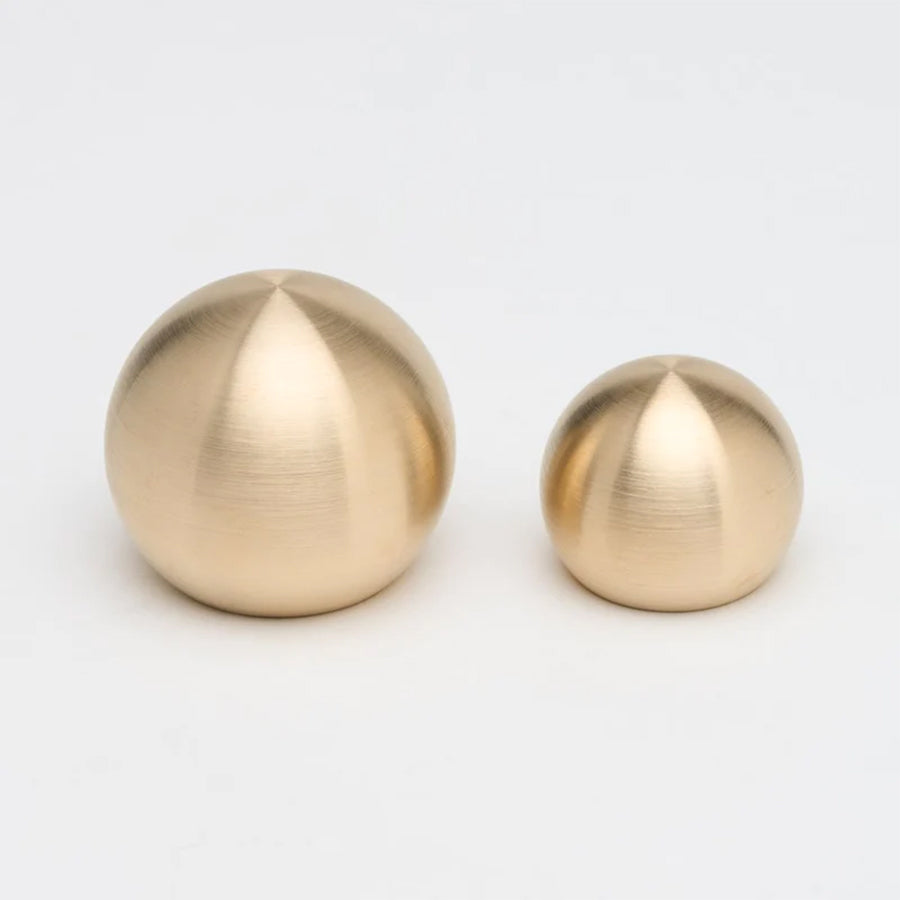
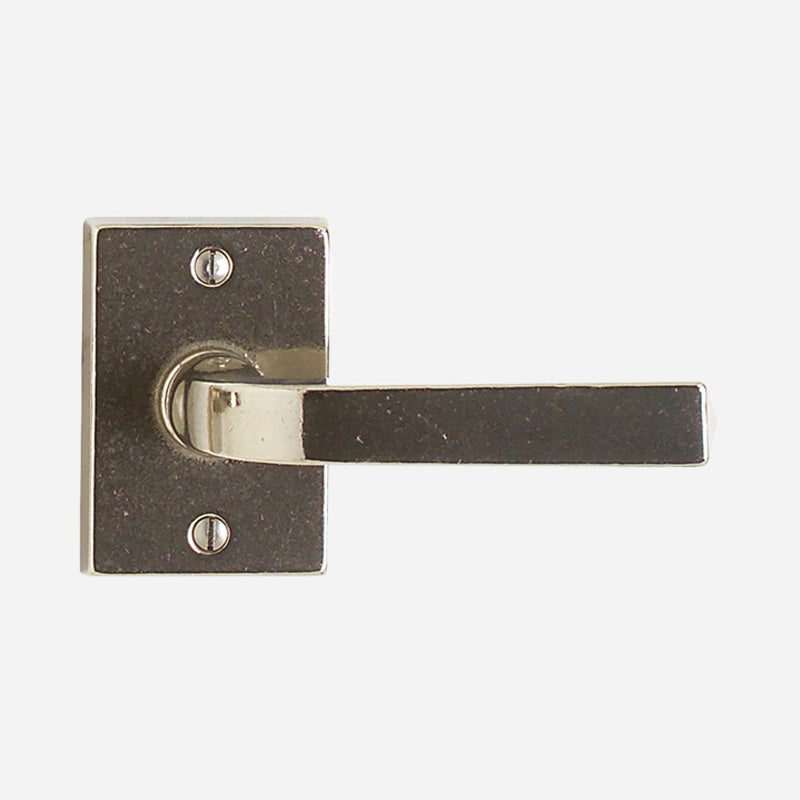
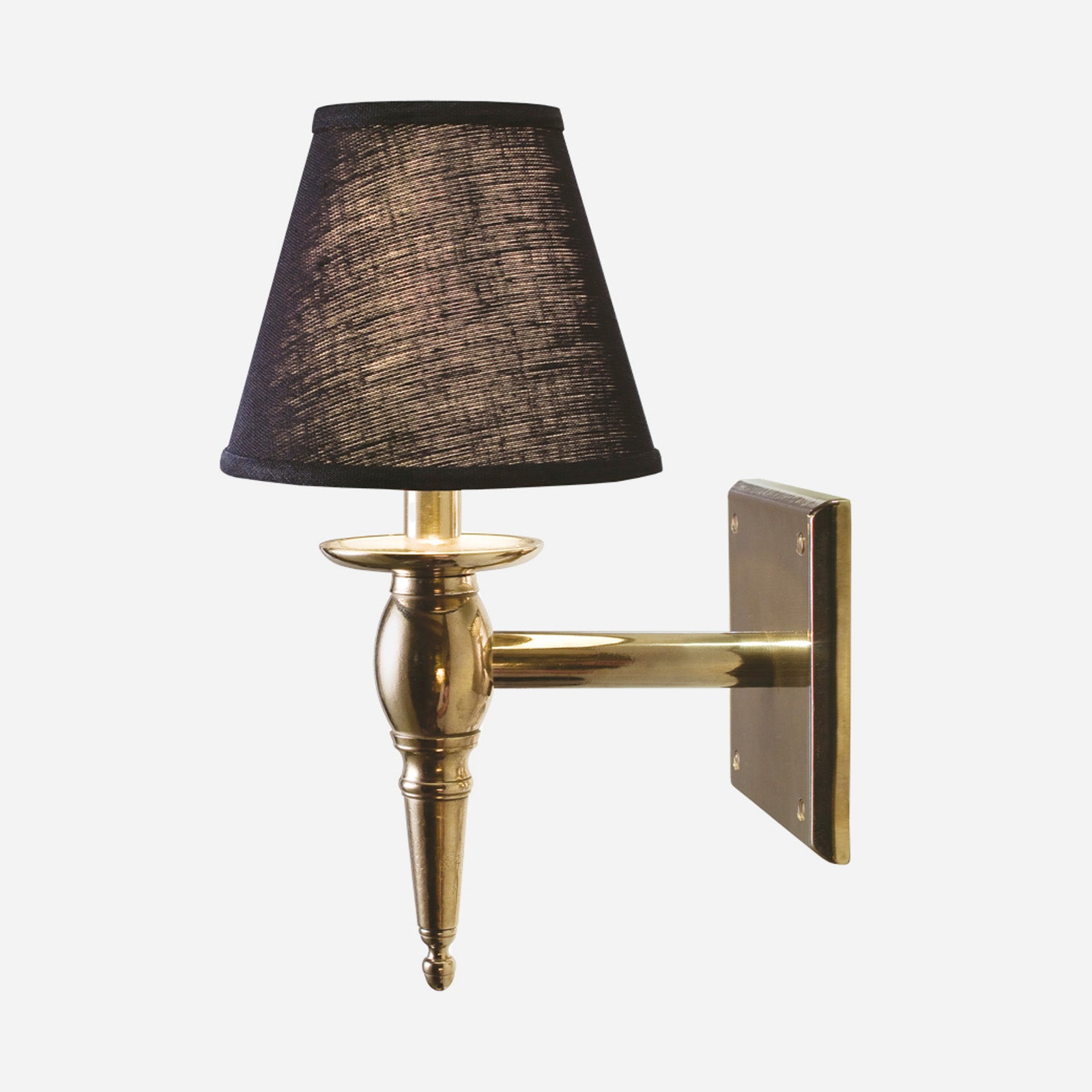
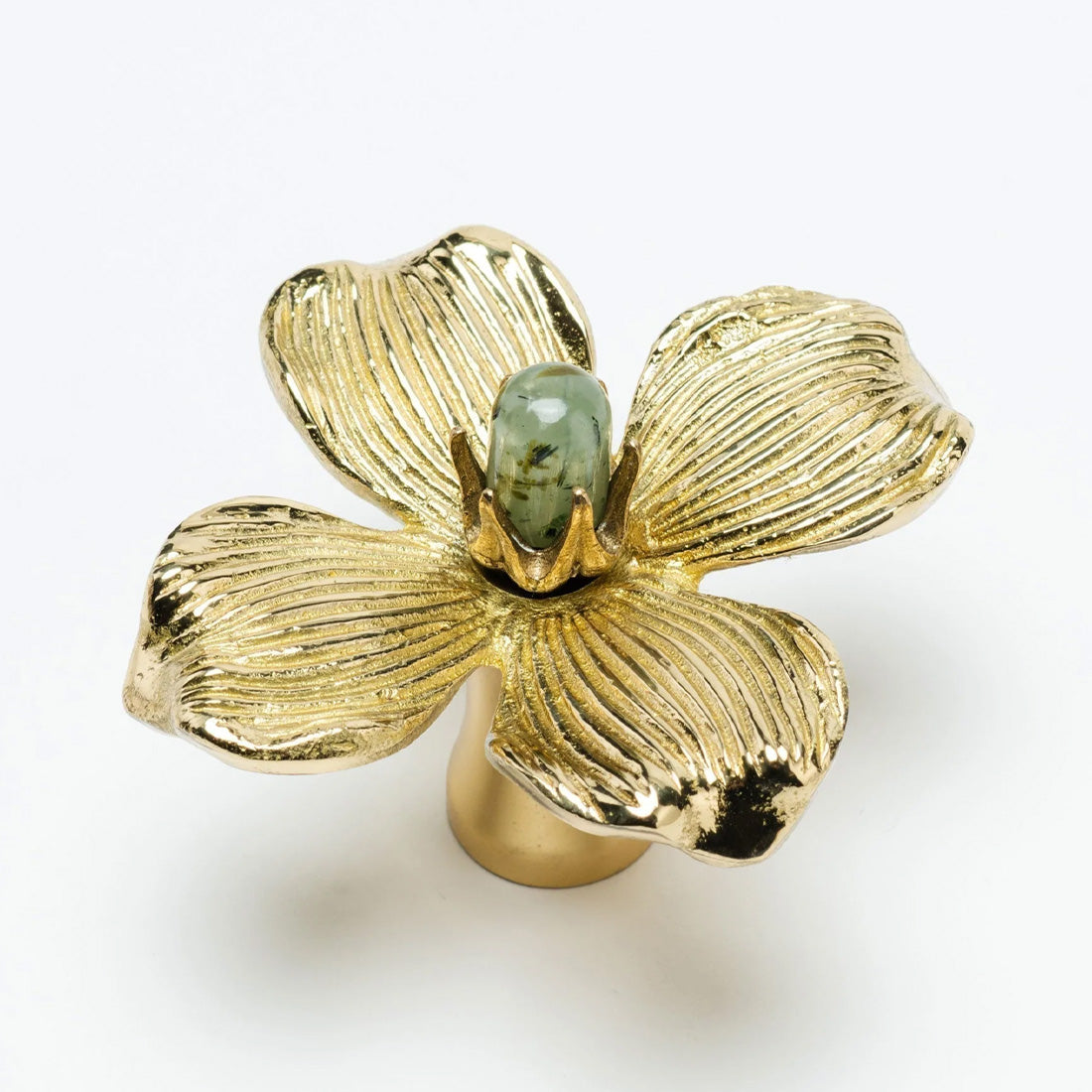
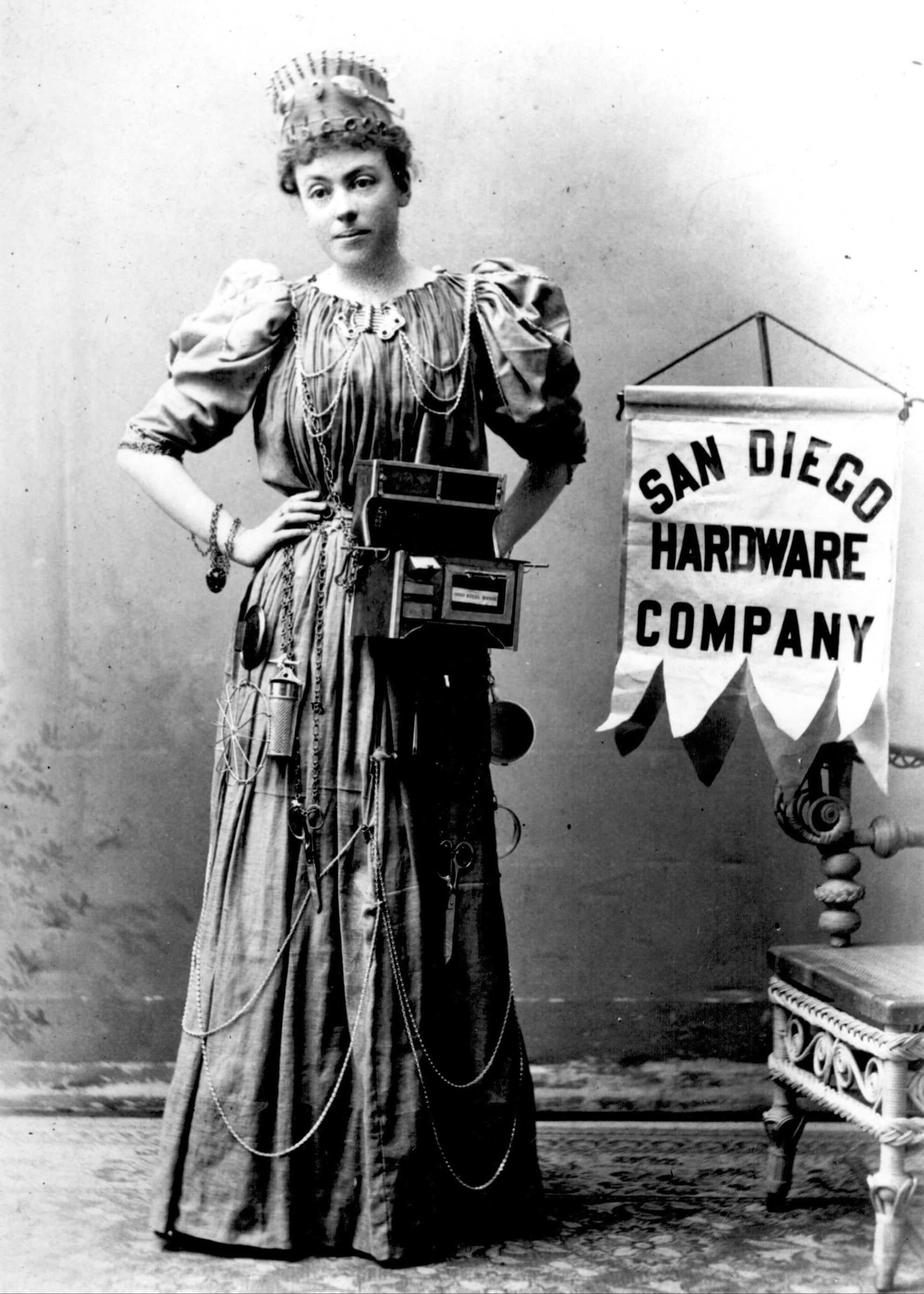
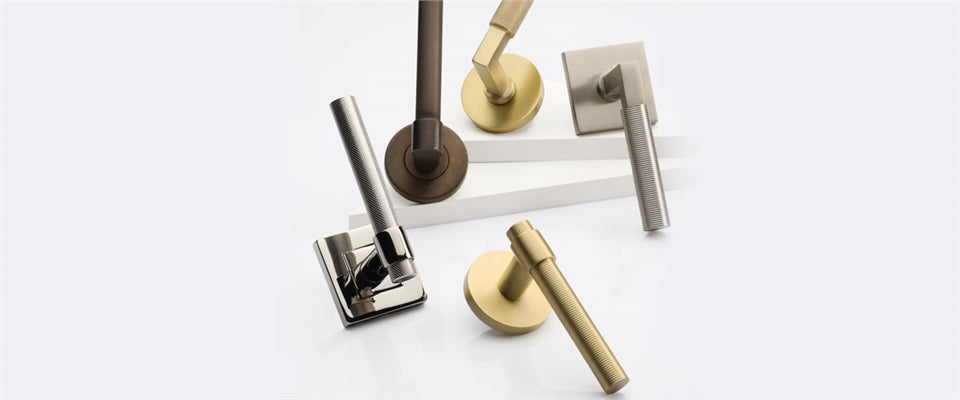
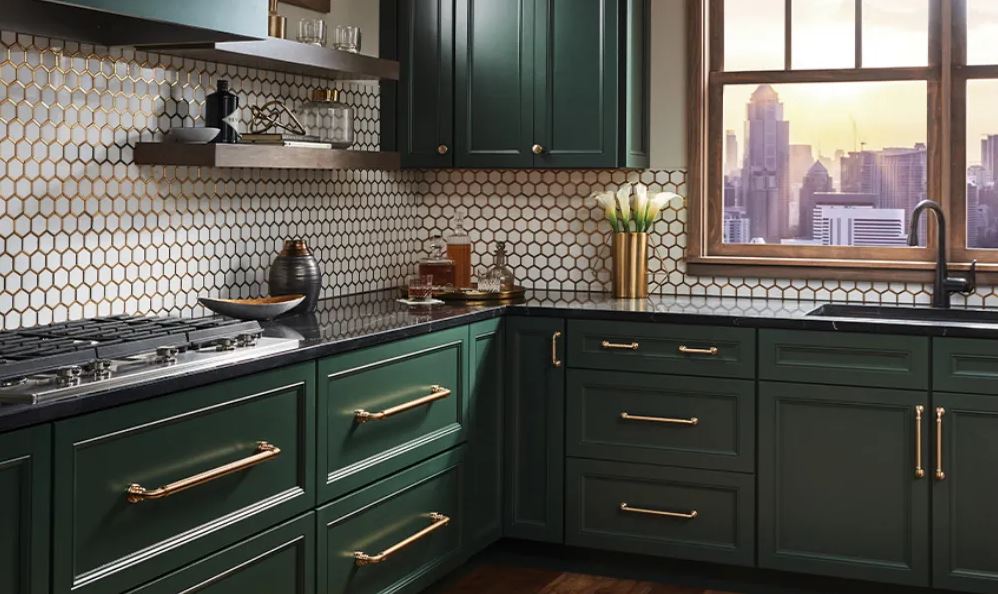
36 comments
Excellent, clear, concise… kudos!
Brandon
Very clear and helpful. Thank you!
Marlene
This is the best info on kitchen cabinet hardware! I have actually posted this link 3 times now on questions from people about kitchen hardware in the Advice section on the Houzz website.
Chloe
Echoing the comments above! I have been knee deep in the internet for months as I am solo remodeling and this was one of the most helpful wholistic and comprehensive break downs I have come across. Thank you for not making us click next or re-route for more information. A gift amongst all the time wasting click bait!
Abby
Exactly the information I needed in a clear and concise way. Thank you!
Betsey Brackett
The info I was searching for – Thank you!
Katharina
In the middle of our kitchen renovation and this information has helped so much!! Thank you!
Patricia M.
Thanks for sharing best information about door pulls
Jay
This has been completely helpful!!! Thank you. I agree with all posted comments.
Fran
This is the best guide I have ever seen. The visuals make a huge difference when contemplating all the options. Thank you!
Juliana
The VERY best informative and well-presented article I’ve read in a long time. The writing style is on target. I can honestly go on record as saying this was one of the best written articles I have ever read. You know what you know when you know it. Thank you for sharing.
Carolyn Clark
Oh my gosh this is a lifesaver! Consolidated what felt like so much information into a very clear and understandable guide. Leaving a comment in the hopes it will help this page be shown to more people like me.
Max
This was just the information I was looking for. Clear and concise, easy to understand. Excellent. Thank you.
Cheryl Durand
This is the clearest and best description of options I have seen. Thank you for the information.
Joan
The ultimate guide for cabinet hardware placement and sizing provides essential tips for optimal functionality and aesthetics. It covers ideal handle and knob positions, appropriate sizes, and alignment for various cabinet styles.
Lyl Trinidad
As a retired lighting consultant, I found it very easy to pick out fixtures for clients, however, when it came to own home, it was always a struggle and still is.
Visuals are very important, people buy with their eyes.
Thank you.
Ginger
Helpful, clear guidance. Makes what is overwhelming straight forward. Thank you!
Mary
I was unsure where to start when picking hardware – the volume of choices is overwhelming. This was clear, straightforward and extremely helpful! Including a photo as well as a diagram made it very simple to understand how it looked in practice.
Thanks for this!
Jen
Great article and advice- exactly what I was seeking. Thank you.
Kathy
This post is so incredibly helpful, thank you!!!
Tawny Lees
Thank you so very much for this extremely helpful information! Everything I needed to know to move forward with confidence in my kitchen renovation.
Rosanne
Wow, u guys are gr8 for explaining pull placement. I had no idea where to place them and now I do!
Jay Smith
Thank you! This was crystal clear and helpful – well written.
Greg
This was a greatly informative article, the drawings were very helpful . Thank You, Catherine
catherine cotter chomiw
Excellent article on pulls and knows for kitchens.
Linda Kreilick
Super helpful! We are first-time remodelers and this was just what we needed to sort through all the options.
Lois
Super helpful! We are first-time remodelers and this was just what we needed to sort through all the options.
Lois
Super helpful! We are first-time remodelers and this was just what we needed to sort through all the options.
Lois
So helpful. You can tell that you truly know and care about your product !
Frances
This is a great guide to have when deciding on cabinet hardware. Thx!
Lee
Great information- tremendous help
Dmonceaux@sbcglobal.net
Thank you for your direct guidance on the post… very helpful
Laura Martin
Great help!
Janna Mae
This was clear and concise. Super helpful. Thank you!
Kim T
Thank you for the simplified graphics and straightforward recommendations!
Justin
Thank you for the simplified graphics and straightforward recommendations!
Justin
Leave a comment
This site is protected by hCaptcha and the hCaptcha Privacy Policy and Terms of Service apply.